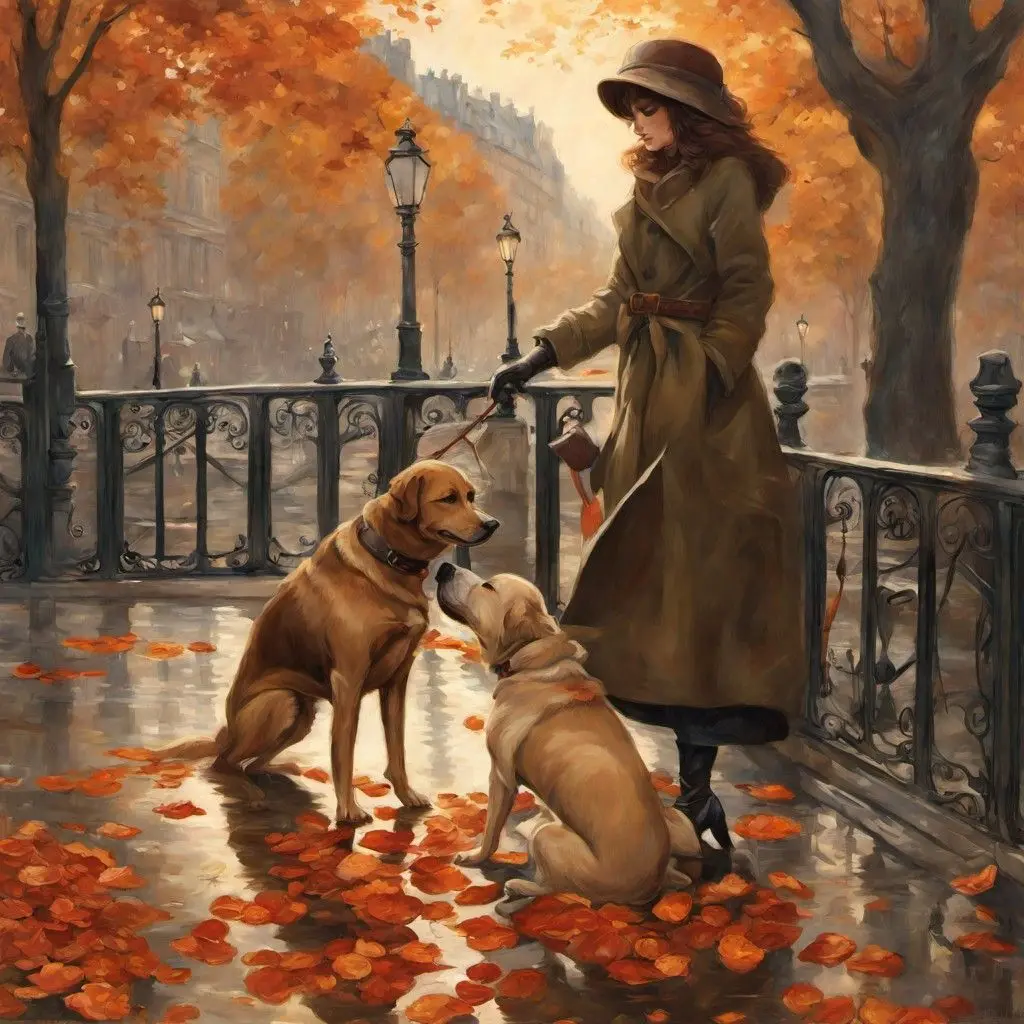How to write prompts?(Advanced)

In this article, I’ll give you some helpful tips on prompts.
1.Using negative prompt
Adding keywords to the negative prompt can be part of the iterative process. The keywords can be objects or body parts you want to avoid (Since v1 models are not very good at rendering hands, it’s not a bad idea to use “hand” in the negative prompt to hide them.)
2.Keyword weight
You can adjust the weight of a keyword by the syntax (keyword: factor). factor is a value such that less than 1 means less important and larger than 1 means more important.
For example, we can adjust the weight of the keyword "dog" in the following prompt:
dog, autumn in paris, ornate, beautiful, atmosphere, vibe, mist, smoke, fire, chimney, rain, wet, pristine, puddles, melting, dripping, snow, creek, lush, ice, bridge, forest, roses, flowers, by stanley artgerm lau, greg rutkowski, thomas kindkade, alphonse mucha, loish, norman rockwell.

Increasing the weight of dog tends to generate more dogs. Decreasing it tends to generate fewer. It is not always true for every single image. But it is true in a statistical sense.
This technique can be applied to subject keywords and all categories, such as style and lighting.
3.() and [] syntax
An equivalent way to adjust keyword strength is to use ()and []. (keyword) increases the strength of the keyword by a factor of 1.1 and is the same as (keyword:1.1). [keyword] decrease the strength by a factor of 0.9 and is the same as (keyword:0.9).
You can use multiple of them, just like in Algebra… The effect is multiplicative.
(keyword): 1.1
((keyword)): 1.21
(((keyword))): 1.33
Similarly, the effects of using multiple []are
[keyword]: 0.9
[[keyword]]: 0.81
[[[keyword]]]: 0.73
